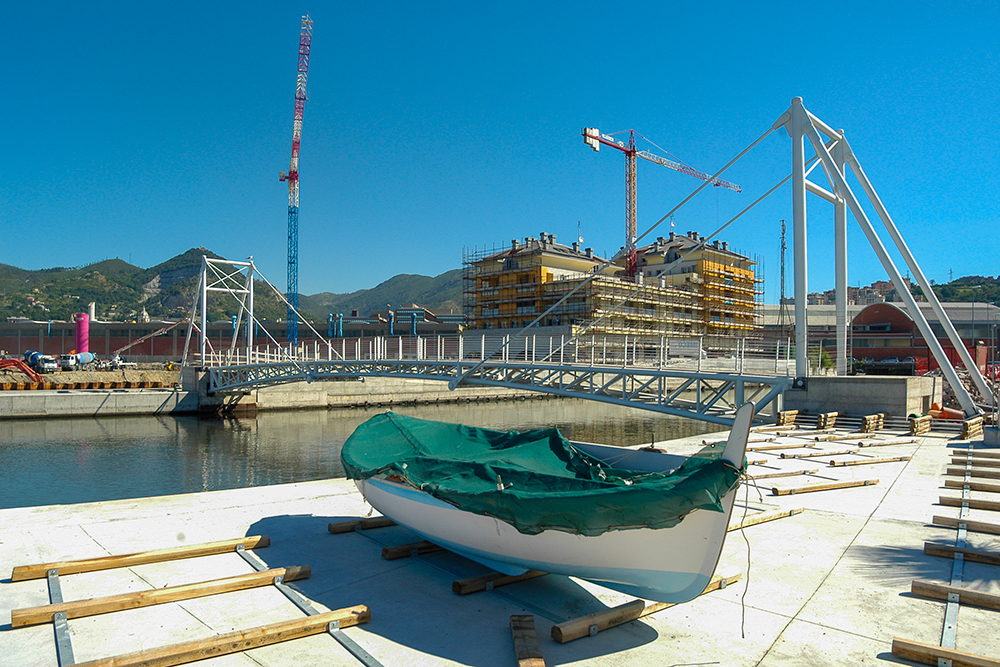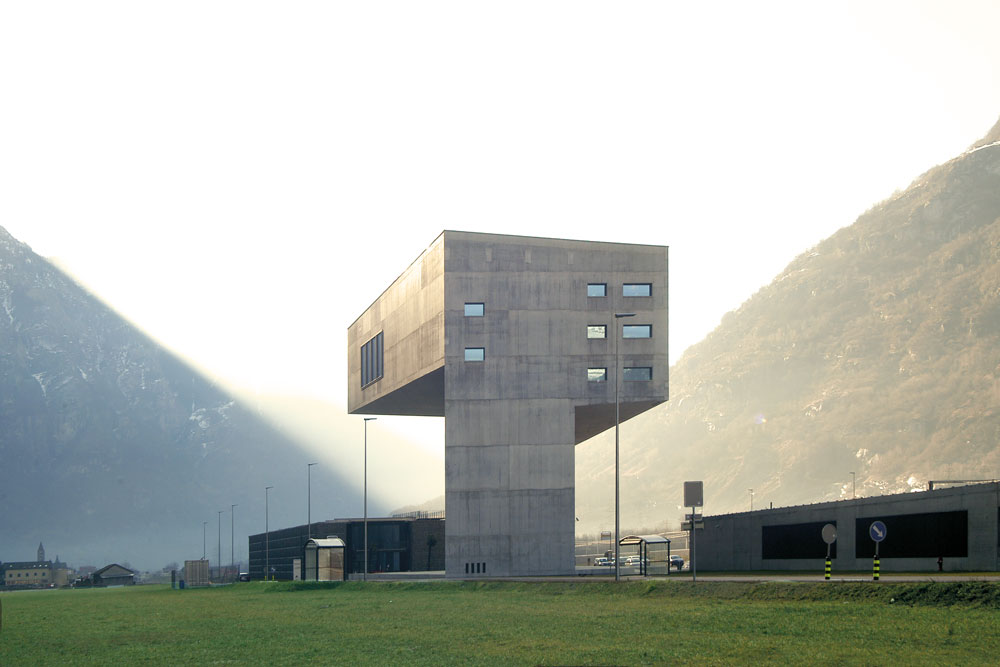The Drytech Tank was chosen for the waterproofing of a large residential complex in direct contact with the sea.
When construction was complete, the waterproofing of the underwater level was tested by flooding the site perimeter.
After checking the watertightness of the Drytech Tank, the structure was launched by removing the sheet piling.
The conversion of the industrial port area, west of the Genoa airport, also involves the construction of the Borgo alla Marina residential complex.
200 prestigious apartments, with relative berths and garage, overlooking a new tourist port.
Below the buildings and the square, in direct contact with the sea water, is the covered parking area for residents.
Project: Studio Gnudi, Genova
Contractor: Aurora Costruzioni, Milano

